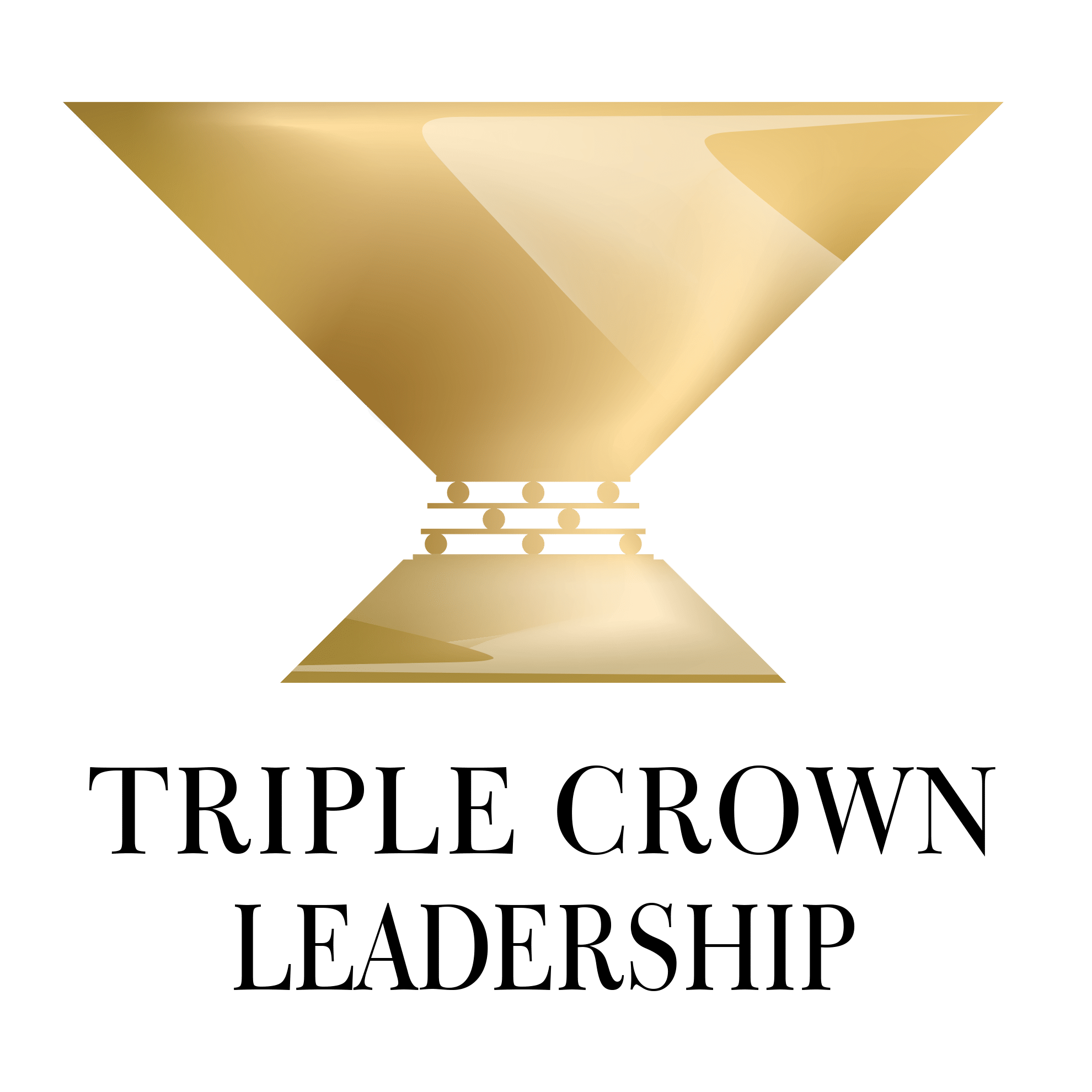Words matter in leadership.
Bob was once talking to a group of employees about his ideas for setting up dedicated teams to focus on problems. One employee responded, “We are all dedicated here.”
Oops. Bob meant teams focused on single problems. The employee thought he was questioning their commitment. Semantics. Words matter in leadership. Think of the leader who announces, “We will make our numbers no matter what,” and how that is ripe for misinterpretation, and perhaps even an invitation for unethical behavior.
Key Words, Key Behaviors
We challenge the conventional wisdom on “mission,” “vision,” and “strategy,” and we believe that sharper thinking in these areas could make significant differences in leadership effectiveness.
Here is our take a few terms that are essential for leaders to get right.
Purpose:
An organization’s purpose should address why the enterprise exists, not what it does. We much prefer “purpose” to “mission” because the latter often denotes a particular shorter-term aim, such as putting a person on the moon (the lunar mission), whereas purpose gets at the ultimate raison d’etre of an organization. People hunger to know that their efforts are worthwhile and have meaning. The ideal purpose statement is short enough to fit on a T-shirt, very long-term, memorable to all employees, and inspiring.
A good example is Disney’s purpose: “Make people happy.” That fits the company’s reason for being, regardless of its business lines, and stands the test of time. Why does the company operate theme parks and publish books and movies about fun, love, and magic? To make people happy.
Mission:
If an organization wants to describe what it does, a mission statement can be used. It can be shorter term than the purpose statement and may not be so catchy and memorable.
The mission of Advance Auto Parts is:
“To provide personal vehicle owners and enthusiasts with the vehicle related products and knowledge that fulfill their wants and needs at the right price. Our friendly, knowledgeable and professional staff will help inspire, educate and problem-solve for our customers.”
This statement is too long for most people to remember and not particularly inspiring, but it describes company’s focus.
For purpose, think “why,” and for mission, think “what,” but ideally both should include a sense of inspiration or excellence.
Vision:
An organization’s vision should provide a clear, compelling word picture of what the enterprise aspires to achieve over the medium term (for example, five to ten years). The vision should describe what success looks and feels like for all the major stakeholders. The vision may change, even as the purpose remains constant.
Steve Jobs’ vision at Apple was to create “insanely great products” and “to put a dent in the universe.”
If you are founding an organization, then drafting your vision for the business is fine, and you can then attract and hire people who are also moved by your vision. But if you are the leader of an existing organization, and if you are not a visionary genius like Jobs, then do you need your own personal vision to impose upon the enterprise? We think not. The average tenure of public company CEOs is four to five years. Should the company get a new vision with every new CEO? That could be very disruptive.
You are better off synthesizing an inspiring vision (see our previous article on “Synthesis: A Critical Leadership Skill” after deep consultations with your major stakeholders, reflecting their wishes and desires, rather than imposing yours from above. People generally don’t embrace a vision that’s imposed on them.
Strategy:
Strategy addresses how to achieve desired goals in light of market conditions, competitors, and resources. Ideally, it is the high-level master plan that includes the several prioritized, major initiatives that are different from or executed better than competitors.
A leader should set the strategic direction of the organization. He or she should work collaboratively with the board and senior staff on examining strategic alternatives, assessing risks and rewards, and seeking innovative new undertakings. But, ultimately, the CEO selects the strategy and secures board approval for it.
Core Concept
Words matter in leadership. Thoughts drive behavior. Purpose is different from mission. With rare exceptions, a vision should be elicited from the people but synthesized by the leader, and strategic direction is, ultimately, the leader’s responsibility.
How does your organization handle purpose (vs. mission), vision, and strategy?

Leadership Derailers Assessment
Take this assessment to identify what’s inhibiting your leadership effectiveness. It will help you develop self-awareness and identify ways to improve your leadership.
++++++++++++++++++++++
Bob Vanourek and Gregg Vanourek are leadership practitioners, teachers, trainers, and award-winning authors. They are co-authors of Triple Crown Leadership: Building Excellent, Ethical, and Enduring Organizations, a winner of the International Book Awards. Check out their Leadership Derailers Assessment, complete their Personal Values Exercise, or join their community and sign up for their newsletter. If you found value in this, please forward it to a friend. Every little bit helps!


